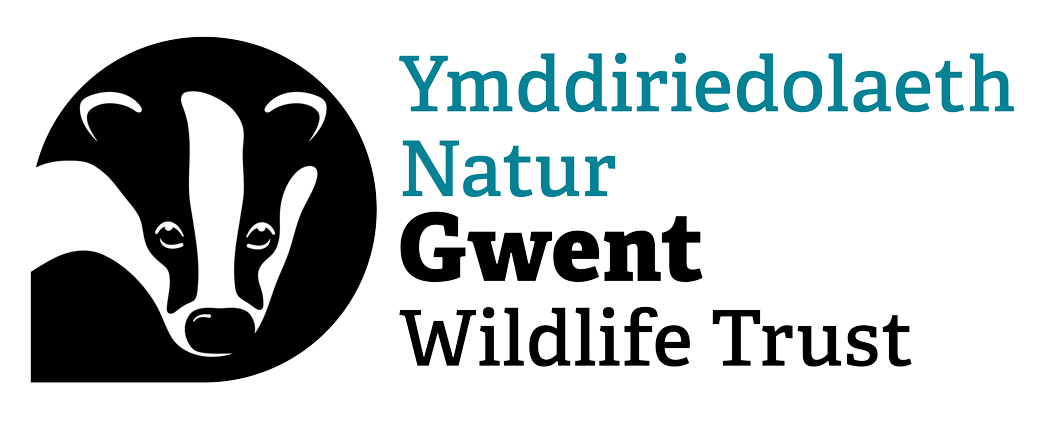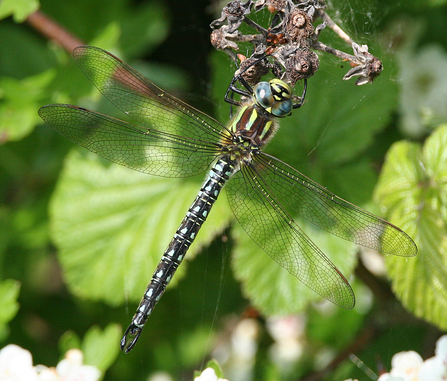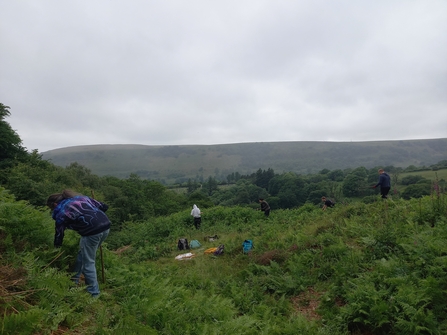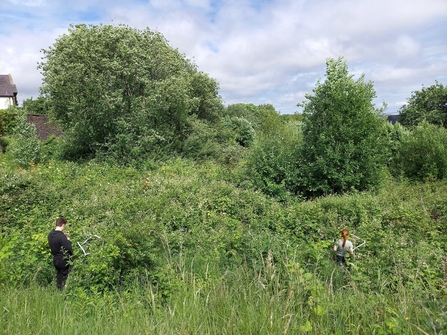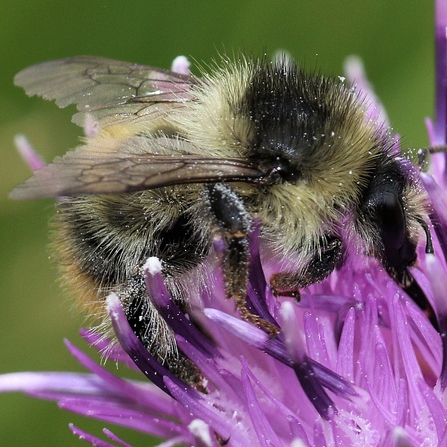Down on the Gwent Levels
This May was when all our species ID training sessions really kicked off, getting our volunteers ready to head out and record wildlife. Our Gwent Levels Reserves are a fantastic place to host these training sessions thanks to our diverse ditches and meadows which host a variety of life.
We kicked off the survey season with Bumblebee Conservation Trust coming to run a Bumblebee ID course at Magor Marsh for our volunteers. After learning about the 8 common bumblebees, plus some bonus rarities found on the Gwent levels such as the Shrill Carder Bee and Brown-banded Carder Bee, we set out to Bridewell Common to practice what we learnt. Thanks to the variety of early forage available in the hay meadows, volunteers spotted a selection of bumblebee species, including the Brown-banded Carder Bee!
Volunteers and staff were also treated to a Dragonfly and Damselfly training day in May with the county recorder, Steve Preddy. Unsurprisingly, Magor Marsh was the ideal setting for this, with all our ditches creating fantastic dragonfly and damselfly habitat – it wasn’t awarded British Dragonfly Society (BDS) “Hotspot” status for nothing! After a great class-room session we headed out in the sun to put our skills to the test. We recorded 3 Dragonfly Species, and 4 Damselfly species on the reserve, which is pretty good for early in the season. Highlights were the local specialty the Hairy Dragonfly, the huge Emperor Dragonfly, and a fairly recent colonist the Red-eyed Damselfly. People will be putting their newfound skills to use, recording for the Monmouthshire Dragon/Damselfly which will be published in 2029.
